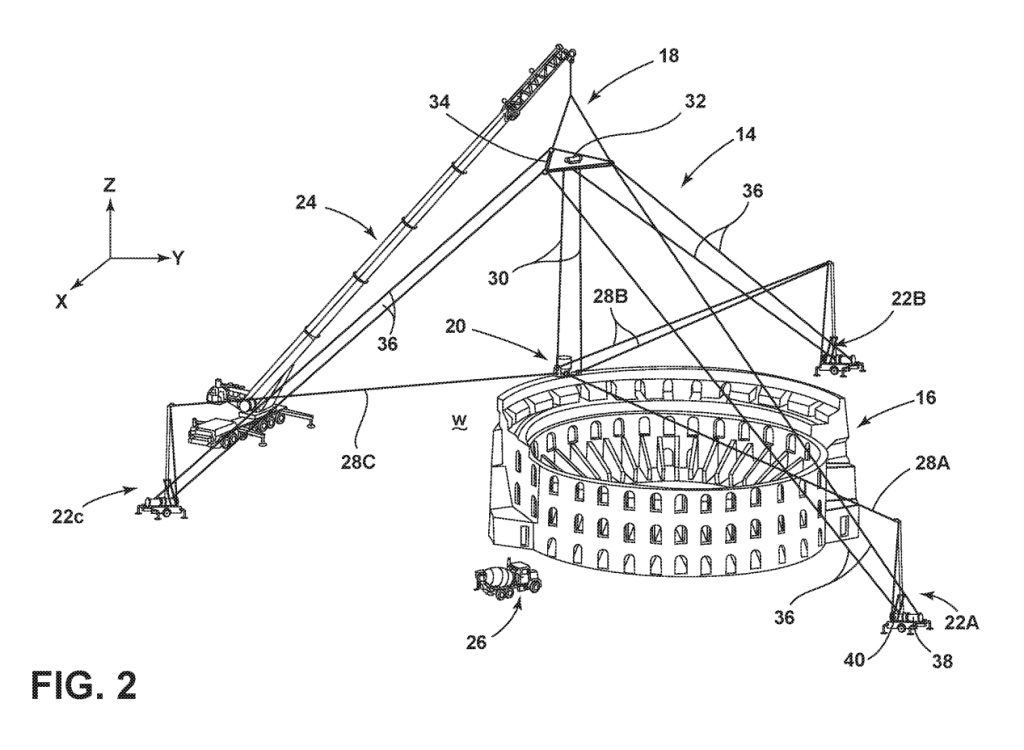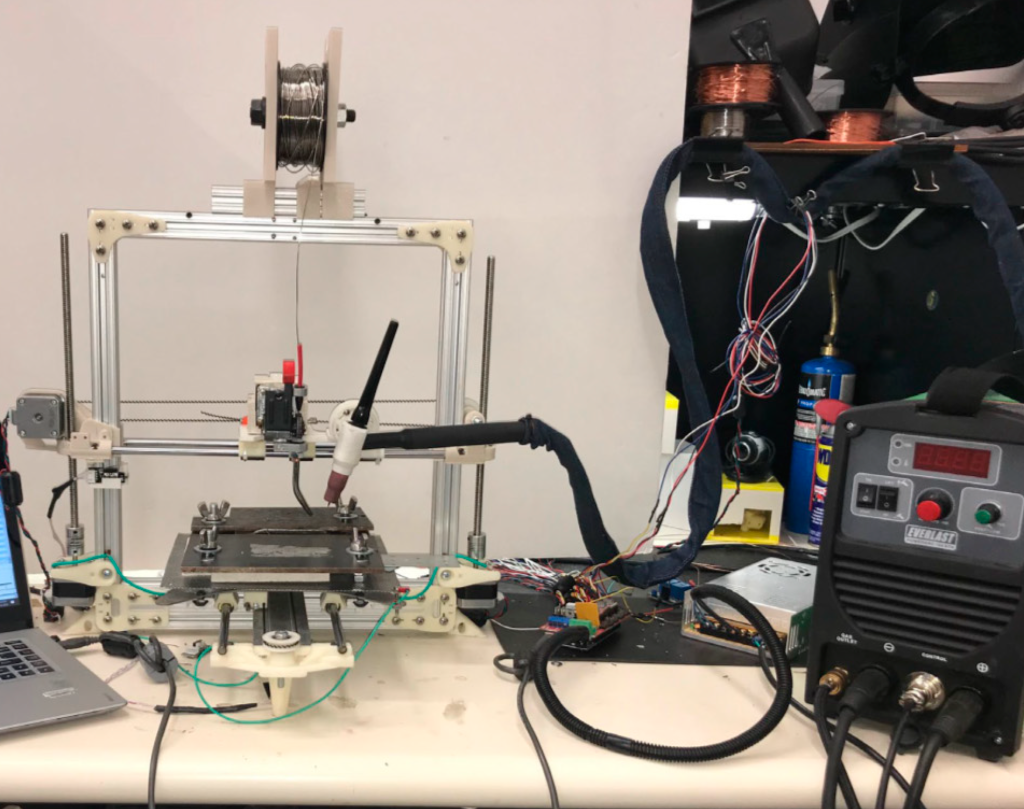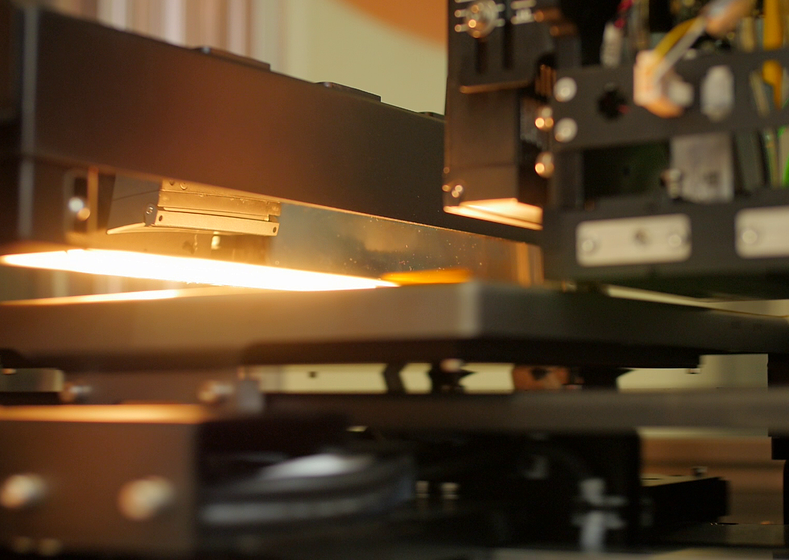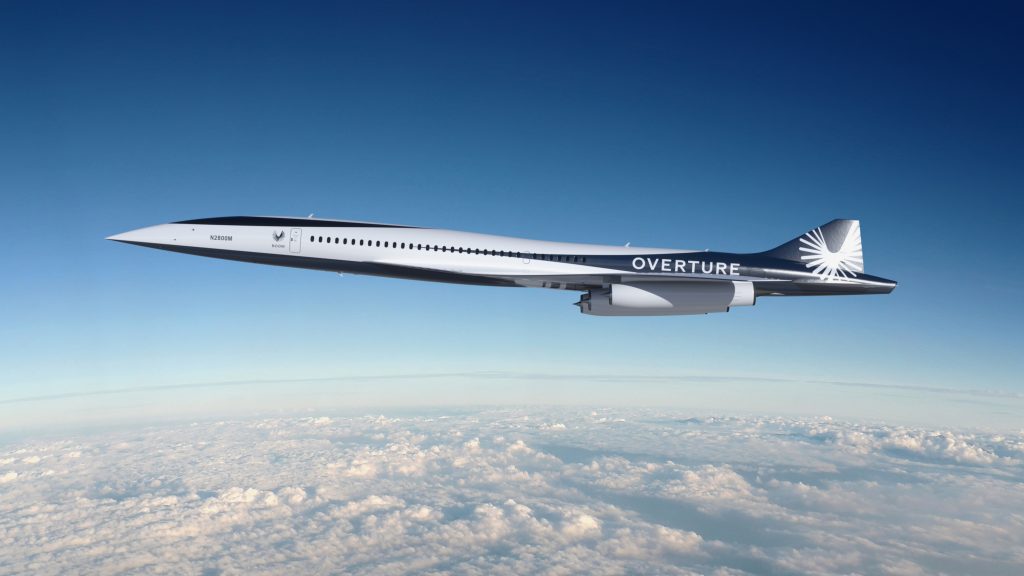Interested in reading more about the year’s biggest 3D printing news? You can access our full 3D Printing Industry Review of the Year series here.
Just a month into 2022, it was already possible to see the early rumblings of industry trends that would last for much of the year. With advances being made in both the experimental and end-use application of construction 3D printing, it became clear that additive manufacturing would continue to make headlines in the mainstream media as 2022 proceeded.
Open-source initiatives continued to thrive during January against a backdrop of macroeconomic turbulence. While some firms went to the wall, others with greater liquidity and flush with funding started to ramp up expansion, using their war chests to continue market consolidation activity from prior years.
Read on for the standout developments in January, including those of COBOD, Apis Cor, IIT Guwahati, Boom Supersonic, Nano Dimension, Fathom, the US Air Force, and more.

Continuing to build in construction AM
January was filled with advances in the design, application, and commercialization of construction 3D printers. At IIT Guwahati, researchers revealed that they’d developed a means of 3D printing industrial waste-based concrete into furniture. Building such structures usually comes with huge material costs, but using design optimization, the team was able to cut their concrete consumption by 75%.
Oak Ridge National Laboratory or ‘ORNL’ also patented its SkyBAAM technology, much to the annoyance of the open-source 3D printing community. It later emerged that the concept had similarities with a much earlier Hangprinter design, and five months on, the ‘keep the Hangprinter free’ campaign was launched to challenge the ORNL patent’s viability.
In more advanced applications, GUtech worked with construction specialists COBOD and CEMEX to create the largest building ever 3D printed from ‘real concrete.’ On the business front, meanwhile, the SEC green-lit Apis Cor’s Regulation A+ offering, a move that has allowed the firm to begin offering its shares publicly in the US for the first time.

Open-source 3D printing innovation
The 3D printing industry has a storied history of game-changing open-source innovation that has proliferated technology to a broader user group, which continued into January. Engineers at California State University, Los Angeles, and Eskisehir Osmangazi University unveiled a $1,000 WAAM 3D printer, in which gas tungsten arc welding was integrated into an FDM-style gantry layout.
Similarly, a team at the Norwegian University of Science and Technology revealed an open-source high-temp desktop 3D printing upgrade for the Creality CR-10 Plus that allows users to print parts from materials like PEEK and carbon fiber.
When it comes to open-source gadgets, one of the more innovative projects that debuted in January was a YouTuber-3D printed PS5 controller adapter. The part was developed by Akaki Kuumeri alongside Prusa Printers as part of The Controller Project, an initiative dedicated to setting up a library of accessibility-led add-ons. Similarly, hobbyist toymaker Riskable also released an open-source levitating keyboard switch that month, which could be 3D printed on most FFF systems.

2022 business trends begin to emerge
In the business world, several trends continued from 2021 well into 2022. Nano Dimension acquired GIS in January, via a move that saw it spend some of the $1.5 billion in funding it had raised from investors to date. The deal came just before Nano Dimension’s Stratasys investment, and followed its decisions to buy DeepCube, Nanofabrica, and Admatec.
After a year of business combinations between 3D printing and Special Purpose Acquisition Companies (SPACs), Fathom wrapped up its own SPAC merger and went public on the NYSE. Though the move raised the combined firm $80 million in funding, it proved to be one of the last SPAC mergers completed in the industry, with some new businesses starting to struggle for profitability as the year wore on.
Elsewhere, automotive OEM Local Motors went bust. The firm built various structural elements of its self-driving Olli shuttle using 3D printing, in a way that allowed it to be customized for use in different urban city center environments.

3D printing-enabled flight soars
One of several supersonic flight projects to advance over 2022 was that of Boom Supersonic’s Overture, which gained $60 million in US Air Force funding. At the time, the firm’s CEO Blake Scholl hailed the aircraft’s “valuable advantage of time,” which made it “an unmatched option domestically and internationally” for defense users.
Later in the year, it was announced that the aircraft would be powered by Boom Supersonic’s new Symphony engine. The propulsion system is being built to feature 3D printed parts, incorporated with the help of GE Additive.
2022: 3D Printing Industry review of trends and news
2021: 3D Printing Industry review of trends and news
To stay up to date with the latest 3D printing news, don’t forget to subscribe to the 3D Printing Industry newsletter or follow us on Twitter or liking our page on Facebook.
While you’re here, why not subscribe to our Youtube channel? featuring discussion, debriefs, video shorts and webinar replays.
Are you looking for a job in the additive manufacturing industry? Visit 3D Printing Jobs for a selection of roles in the industry.
Featured image shows the 3D printing process inside one of Nano Dimension’s multi-material electronics systems. Photo via Nano Dimension.


